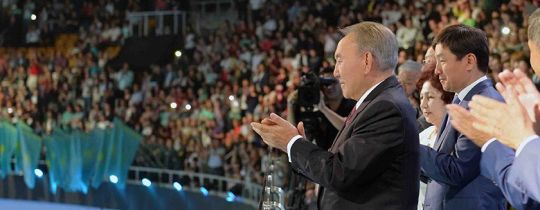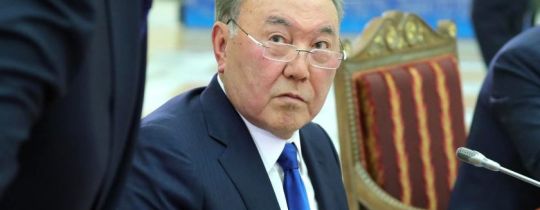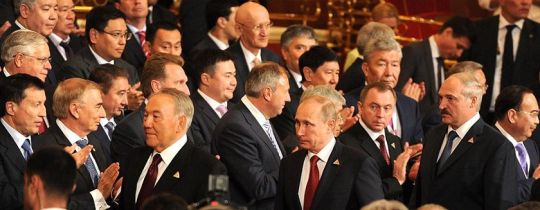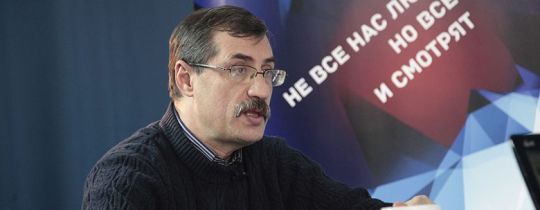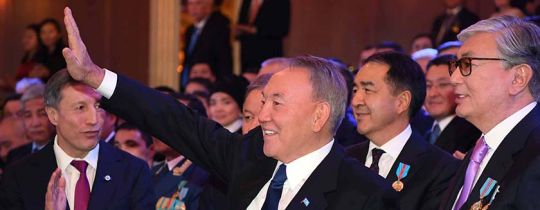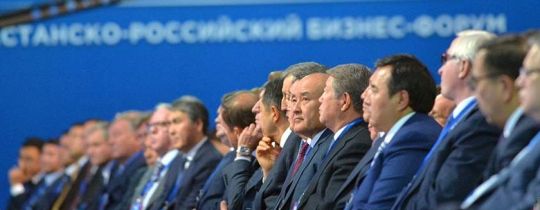Nursultan Nazarbayev has been hyperactive in the beginning of this year. This is a clear sign that the government understands the scale, the depth, and the danger of the current political, economic, and social crises in the country. They also realize that these crises together may lead to a collapse of the authoritarian political regime. Therefore, they are arduously searching for ways to handle these growing problems simultaneously trying to mobilize the state apparatus as well as the business and the society.
To summarize the content of previous articles of this series this is what the current situation is: the ruling elite of the country headed by president Nazarbaev, had failed the task of historical proportions of creating a sovereign and independent Kazakh republic on the ruins of former USSR.
In the previous articles of this series, the focus was on the ruling elite, as if we almost left the rest of the citizens of the country out of the equation. However, as history shows, without an engaged and conscious participation of the majority of population in the reforms, it is impossible to both achieve a countrywide leap into the future and preserve national sovereignty.
According to Evgeniy Jovtis, the constitutional reform that was announced in Kazakhstan, retains the existing power structure of “three plus one”, with three branches of government, and a president above them, so nothing has changed dramatically.
President Nazarbaev’s message to Kazakhstani people with a call for third wave of modernization made the activist part of society ask an age-old question: will the Akorda and the ruling elite be able to provide grounds for the development of economy based on non-raw materials, under present conditions?
We allow for the fact that we might be overly pessimistic, but we forecast that the current economic, social, political and other crises in Kazakhstan will drag on for many years. This is primarily due to the fact that the ruling elite is unable to perform their functions well.

